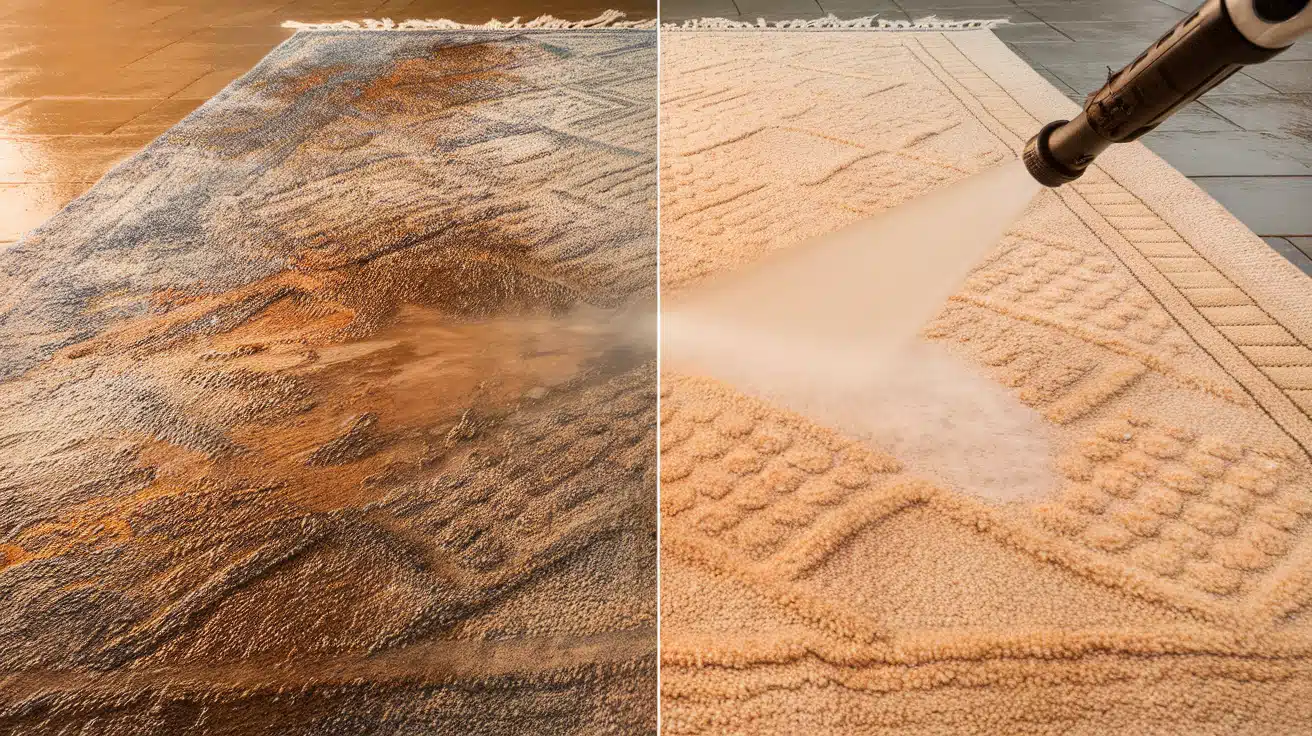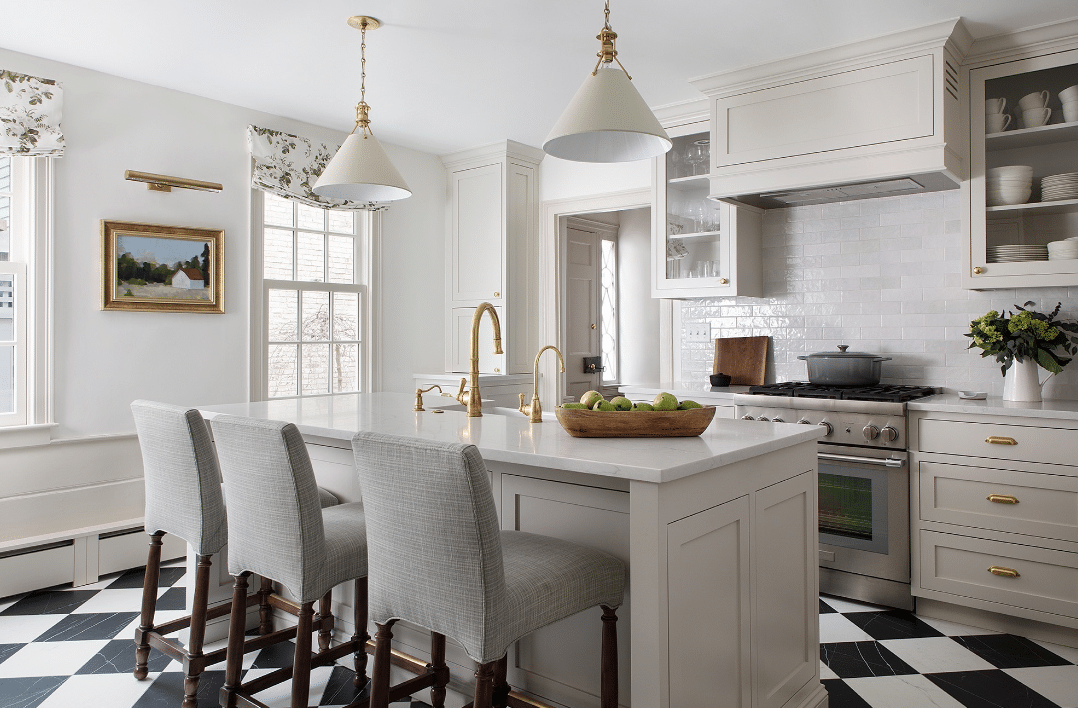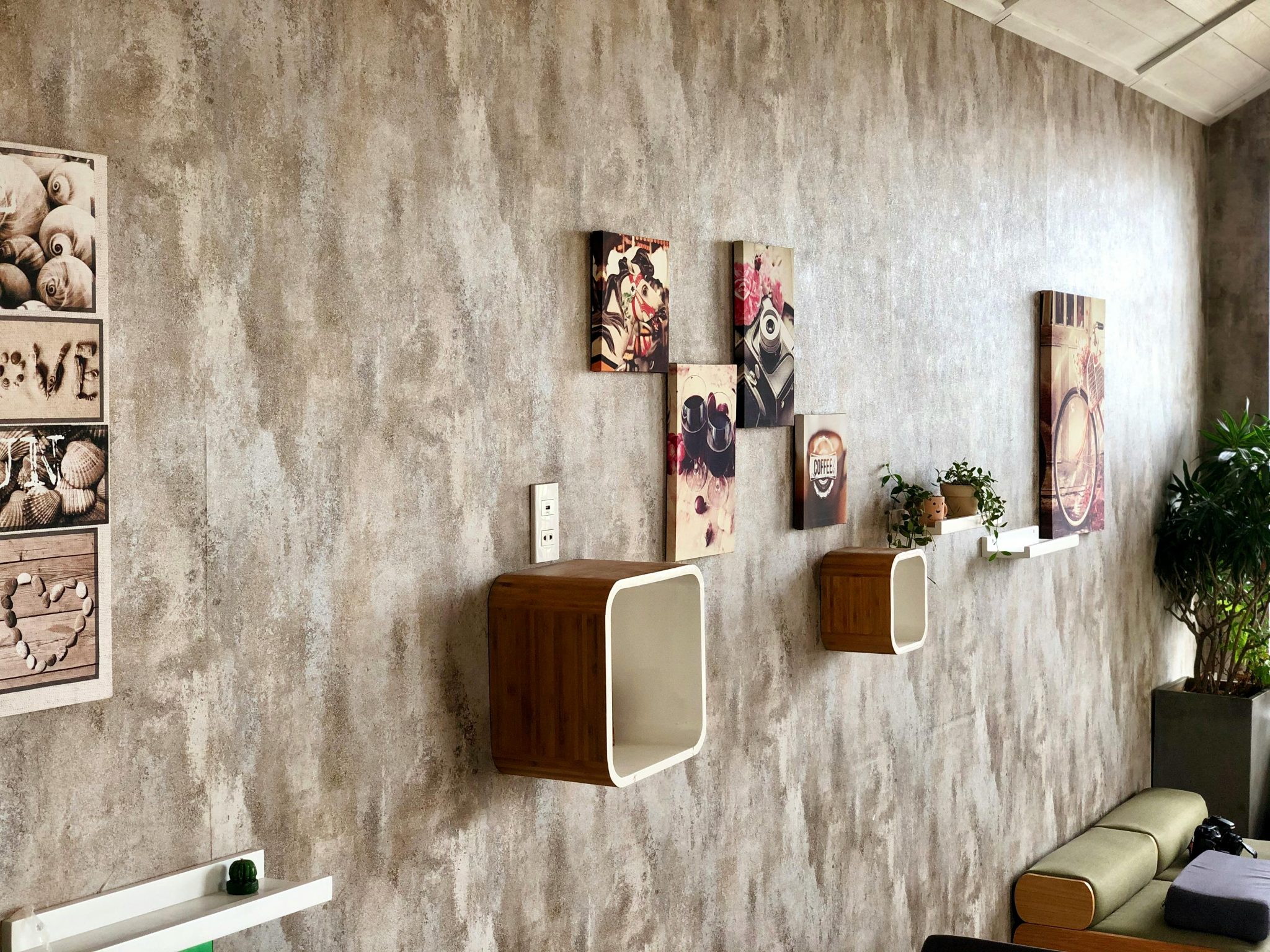Can Pressure Washing Revive Your Rugs?
Rugs can be a pain to clean. Dirt, grime, and stubborn stains often hide deep within the fibers, laughing at your vacuum cleaner.
But what if you could blast away all that mess? Enter pressure washing. Many folks wonder, “Can you pressure wash a rug?”
The answer is yes – if you do it right. This powerful cleaning method can penetrate your rug’s fibers, washing away dirt and restoring its original beauty.
It’s especially great for outdoor rugs and tough, synthetic carpets. However, it’s not a one-size-fits-all solution. Using a pressure washer incorrectly could harm your rug.
This guide will explain the basics of pressure washing rugs, helping you clean safely and effectively.
Why Choose Pressure Washing for Your Rug
Pressure washing uses a high-speed water spray to clean surfaces. For rugs, this method shoots water into the fibers at high pressure. This force lifts and removes dirt, dust, and grime that regular cleaning might miss.
Using a pressure washer on rugs offers several plus points:
- It gets rid of deep-down dirt and tough stains.
- It can remove allergens that cause sneezing and breathing issues.
- It helps bring back the rug’s first-day look and feel.
When should you think about pressure washing your rug? Here are two key times:
- If your rug is very dirty and other cleaning methods haven’t worked.
- As part of regular upkeep for rugs that stay outside.
Remember, while pressure washing can be useful, it’s not right for all rugs. Knowing which rugs can handle this cleaning method and which ones need a gentler touch.
Type of Rugs Appropriate for Pressure Washer Cleaning

Not all rugs can handle the strong spray of a pressure washer. Here are seven types that usually do well with this cleaning method:
1. Outdoor Rugs: These are built to resist water and mold. They can often take the force of a pressure washer without damage.
2. Low-Pile Rugs: Rugs with short, tight fibers allow water to flow through easily, making them good candidates for pressure washing.
3. Machine-Made Rugs: Many machine-made rugs use tough materials, which often hold up well to pressure washing.
4. Stain-Resistant Rugs: These rugs have special coatings that help them withstand water and stains. They often do fine with pressure washing.
5. Rubber-Backed Rugs: The rubber backing on these rugs provides extra support, which can help them handle pressure washing better.
6. Outdoor Carpeting: Like outdoor rugs, this carpet is made to withstand the outdoors. It can usually take pressure washing well.
7. Commercial or Industrial Rugs: These are made for heavy use and are often tough enough to clean with a pressure washer.
Before you start, always check the rug’s care label. Even if your rug is on this list, testing a small, hidden area first is smart.
Type of Rugs Unsuited for Pressure Washer Cleaning
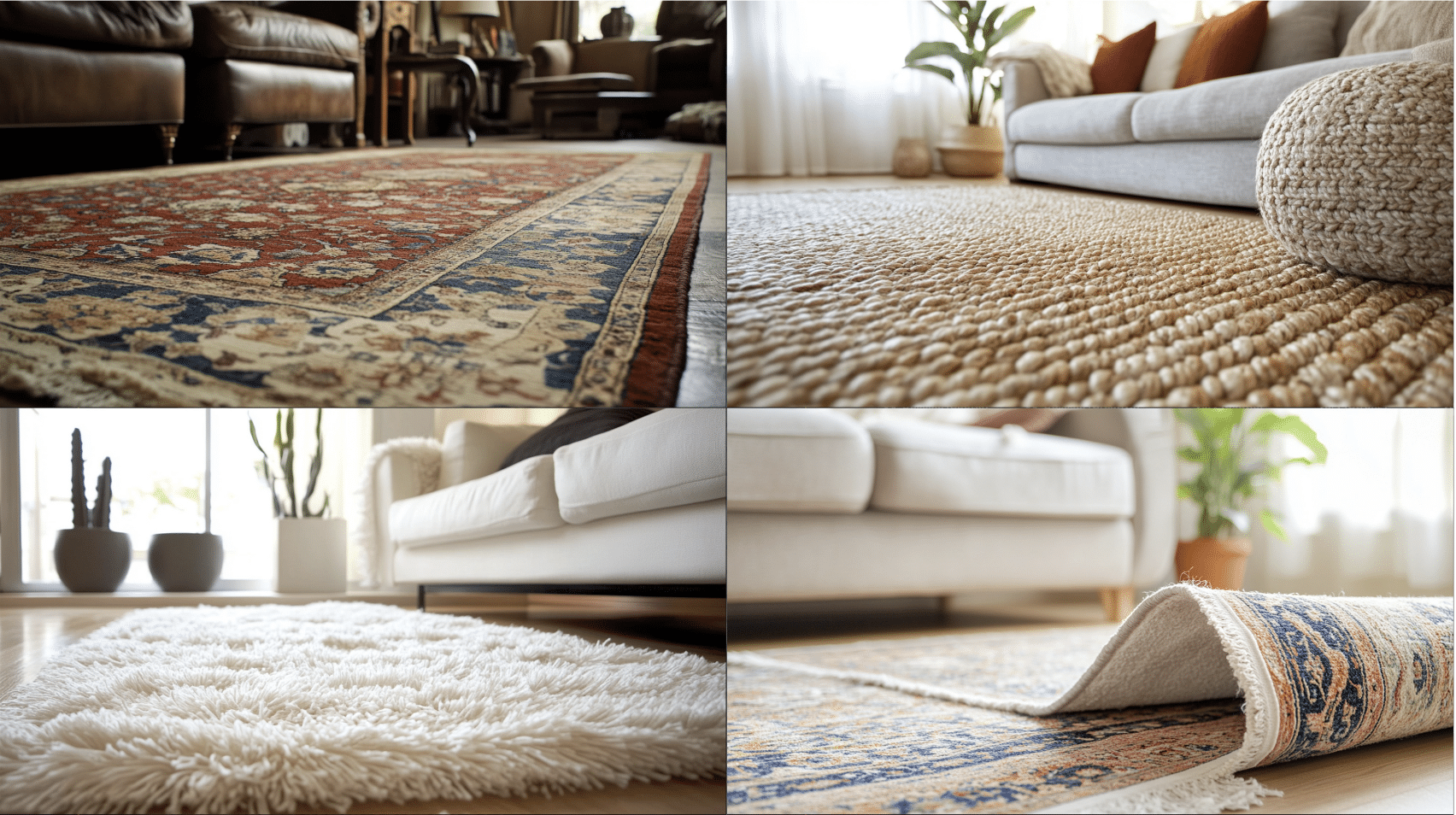
While some rugs can handle pressure washing, others are too fragile. Here are eight types of rugs you should not clean with a pressure washer:
1. Antique or Vintage Rugs: These old rugs are often flimsy. The strong spray could harm their fibers and designs.
2. Handmade or Hand-Tufted Rugs: Rugs made by hand often have loose fibers, which pressure washing might pull out.
3. Natural Fiber Rugs: Rugs made from wool, silk, or jute can shrink or warp when hit with high-pressure water.
4. Oriental or Persian Rugs: These have complex patterns and dyes. Pressure washing could make the colors run or fade.
5. Fringed Rugs: The edges of fringed rugs can easily tangle or come loose under strong water pressure.
6. High-Pile Rugs: Rugs with long, fluffy fibers can trap water deep inside. This could lead to mold growth.
7. Soft or Embellished Rugs: Rugs with beads, sequins, or embroidery can lose these decorations under high pressure.
8. Thin or Worn Rugs: Rugs already thin or worn out may tear or stretch if pressure washed.
For these types of rugs, it’s best to use gentle cleaning methods or seek help from a rug cleaning expert.
Points to Remember Before Pressure Washing a Rug
Before you start pressure washing your rug, keep these eight points in mind:
- Choose the right pressure washer: Choose a model with changeable pressure settings and a wide nozzle, which allows you to control the water force.
- Test in a hidden spot: Try the washer on a small, out-of-sight area. This will help you check if the rug can handle the pressure without damage.
- Use the right cleaning soap: Choose a mild soap for pressure washers and your rug type. Avoid harsh chemicals that could harm the rug.
- Treat stains first: For tough spots, use a stain remover and let it soak in for a bit before pressure washing.
- Keep the right distance and angle: Hold the nozzle at least one to two feet from the rug. Point it at a slight angle, not straight down.
- Clean in sections: Divide the rug into smaller areas. Clean one part at a time to cover the whole carpet evenly.
- Rinse well: After cleaning, rinse all the soap with clean water. Leftover soap can attract more dirt later.
- Let it dry fully: Give the rug plenty of time to dry before using it again. Avoid direct sunlight and make sure air can flow around it.
Following these steps can help you clean your rug safely and well with a pressure washer.
Easy DIY Guide on How-To Pressure Wash Rugs
STEP 1: Soak The Rug With Soapy Water
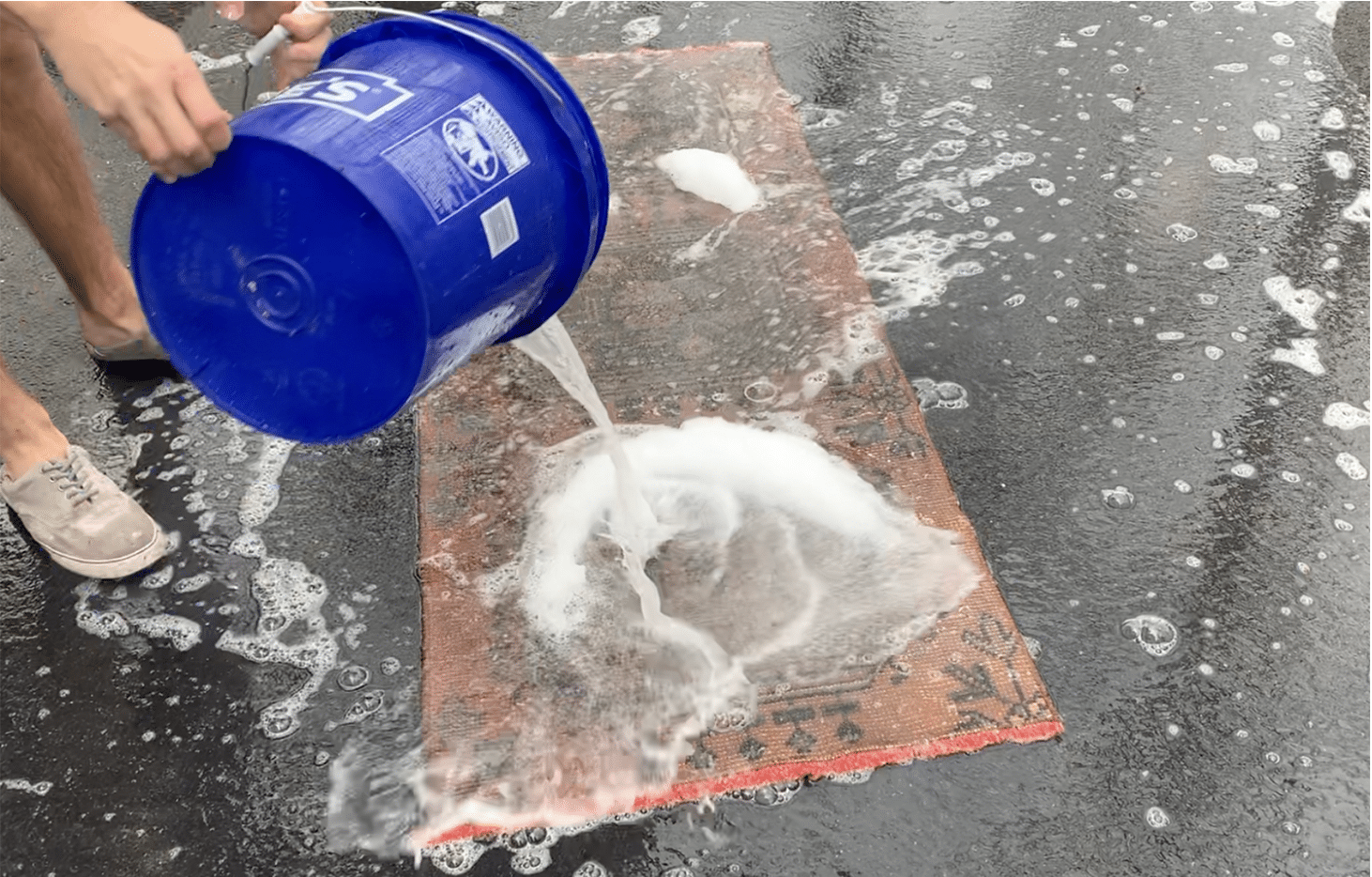
Start by moving your rug to a flat, clean outdoor area. Fill a bucket with water and add a gentle soap. Pour this mix over the entire rug to soak it fully. This helps loosen dirt and prepares the rug for cleaning.
STEP 2: Scrub The Rug With A Stiff Brush
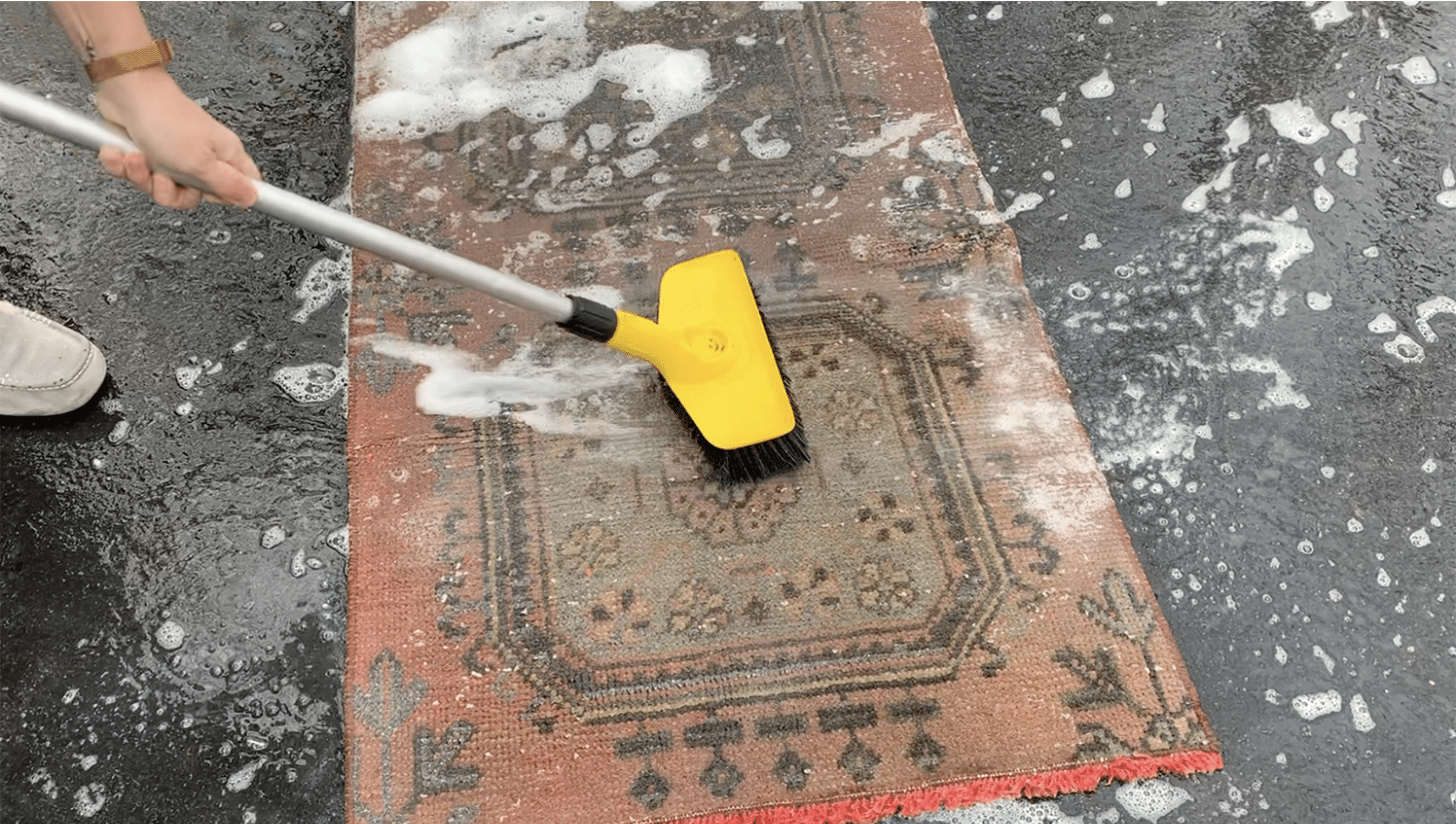
Use a stiff-bristled brush to work the soapy water into the rug fibers—scrub in all directions, from side to side and front to back.
This action helps create suds and lift dirt from deep within the rug. Avoid wire brushes, as they may damage the carpet.
STEP 3: Rinse It With Your Power Washer
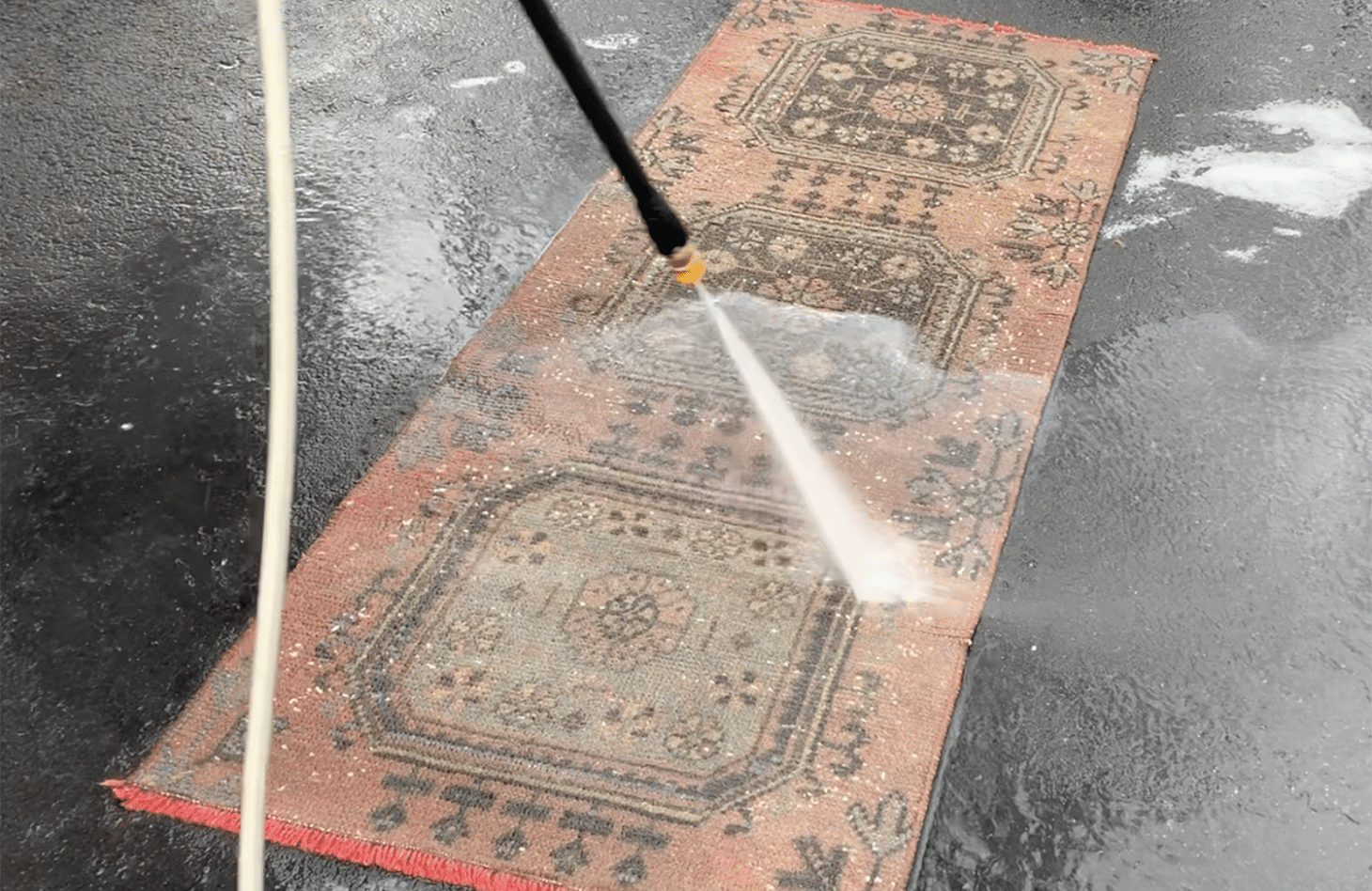
Now, use your pressure washer to rinse the rug. Start with the lowest pressure setting and a wide nozzle.
Keep the nozzle at least a foot away from the carpet. Move in both directions to ensure you rinse out all the soap and dirt.
STEP 4: Let It Dry Thoroughly
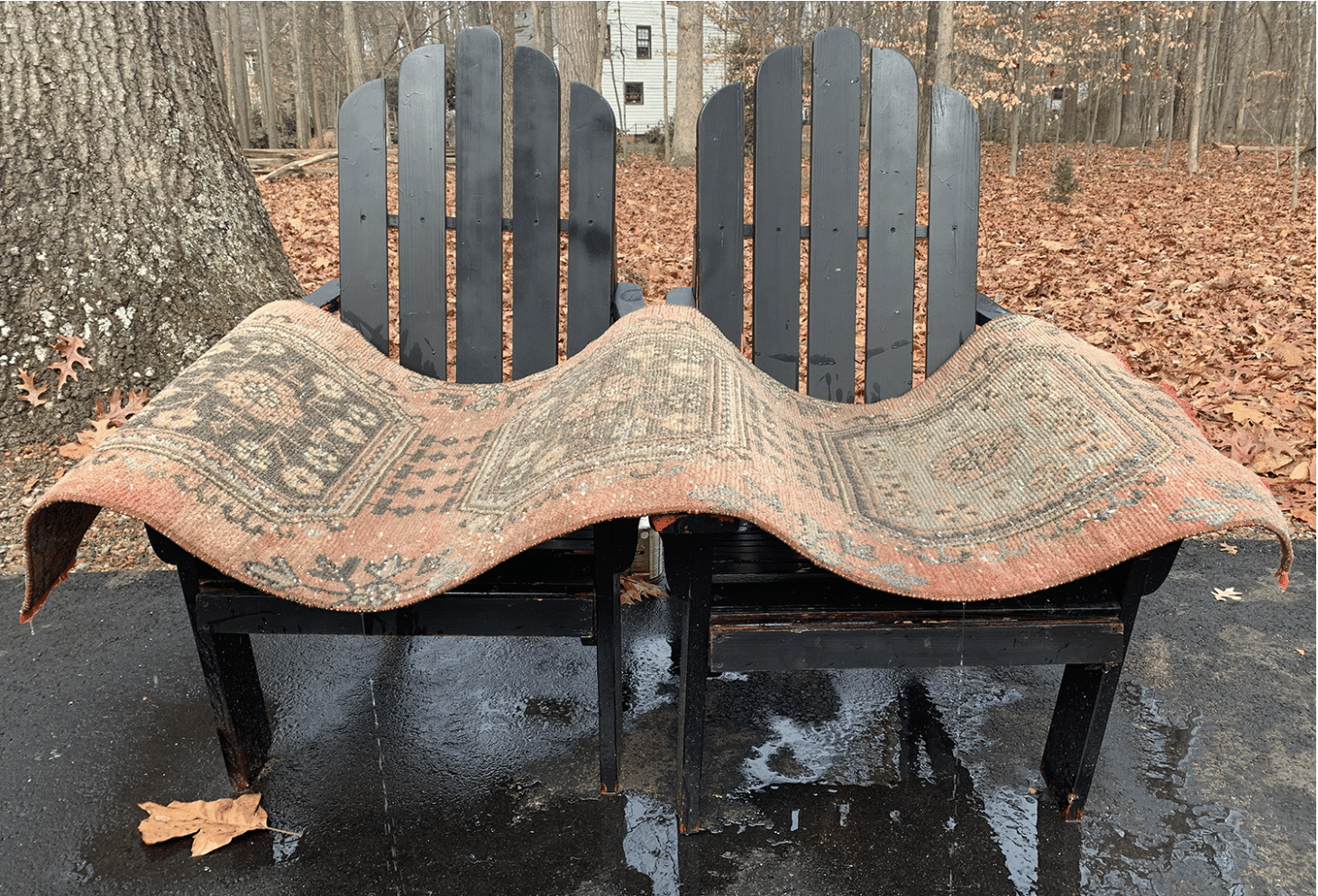
After washing, let the rug dry fully before bringing it inside. Prop it up to allow water to drip off.
If possible, place it in a sunny spot to speed up drying. Ensure both sides of the rug are dry to prevent mold growth.
STEP 5: Deodorize If Needed
If your rug still smells odd after drying, try sprinkling baking soda. Let the powder sit for a while, then vacuum it up.
This can help remove lingering odors. You may need to repeat this step for strong smells.
For more details, check out the video tutorial by Young House Love.
Do’s and Don’ts of Rug Pressure Washing
When pressure washing your rug, keep these important tips in mind:
- Use cool or lukewarm water. Hot water can harm rug fibers and cause shrinking or color fading.
- Keep the washer moving. Don’t stay in one spot too long. This helps prevent damage to the rug fibers.
- Be gentle with fringes and edges. These parts of the rug are often more fragile. Use less pressure or clean them by hand.
- Protect yourself by wearing safety glasses, gloves, and closed-toe shoes. The high-pressure spray can cause injury if not handled carefully.
- Always work outside. Never use a pressure washer indoors. The strong spray can cause water damage to your home and create a slipping hazard.
These tips can help you clean your rug safely and avoid costly mistakes.
Final Words
When done right, pressure washing can breathe new life into your rugs. It blasts away deep-set dirt, lifts tough stains, and can make your rug look almost new again.
This method works wonders for outdoor rugs and sturdy, synthetic carpets. However, it’s not for every rug.
Before you grab that pressure washer, take a good look at your rug. Is it on our “safe to wash” list? If not, stick to gentler cleaning methods.
Remember, when in doubt, ask a pro. We’ve covered a lot of ground here, from rug types to washing steps and safety tips.
Now it’s your turn. Have you tried pressure washing your rugs? How did it go? Or do you have questions we didn’t answer?
Share your thoughts in the comments below. Let’s keep the conversation flowing!
Frequently Asked Questions (FAQs)
Why Does My Rug Smell After Pressure Washing?
Your rug may smell due to trapped moisture. If not dried properly, this can lead to mold or mildew growth. Ensure thorough drying and consider using a deodorizer if needed.
How Do I Dry a Rug After Pressure Washing?
Prop the rug up to allow water to drain. Please place it in a sunny, well-ventilated area. Use fans to increase air circulation. Flip it occasionally to ensure both sides dry fully.
What Detergent Should I Use for Pressure Washing a Rug?
Use a mild, pH-neutral detergent made for pressure washers and safe for your rug’s material. Avoid harsh chemicals or soaps that could damage fibers or leave a residue.

